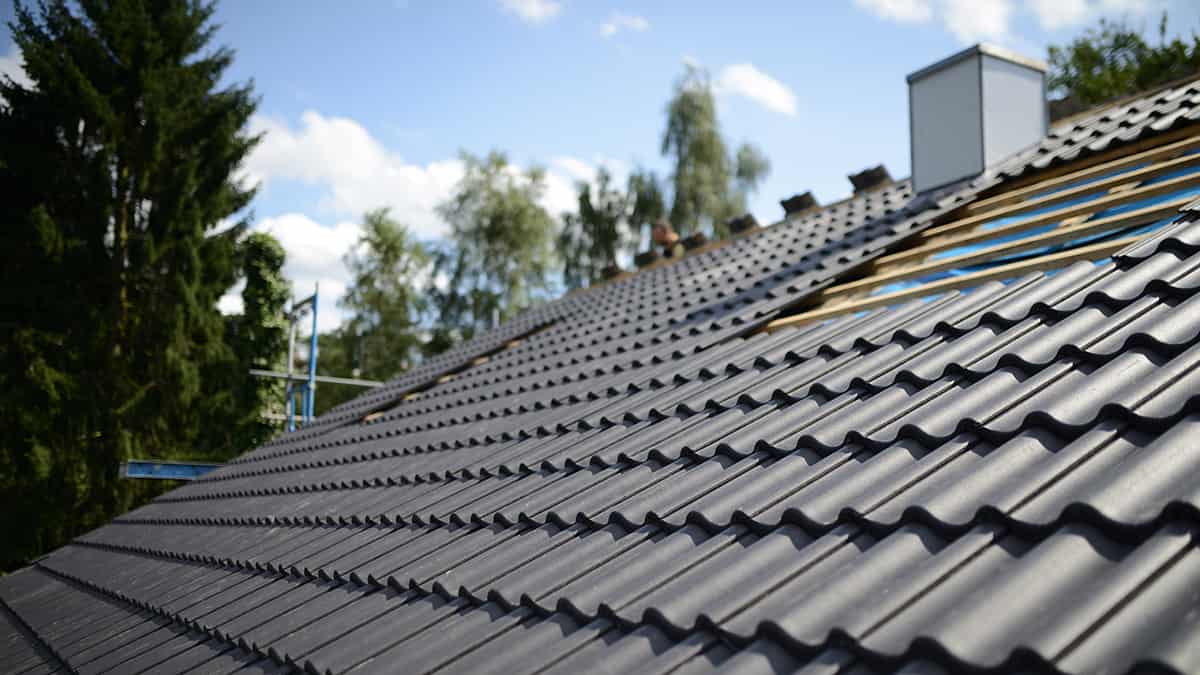

Articles
How Big Is A Roof Square
Modified: December 7, 2023
Learn all about the size of a roof square in this informative article. Discover why understanding roof squares is essential for any roofing project.
(Many of the links in this article redirect to a specific reviewed product. Your purchase of these products through affiliate links helps to generate commission for Storables.com, at no extra cost. Learn more)
Introduction:
Welcome to the fascinating world of roofing, where measurements play a crucial role in ensuring efficient and accurate construction. When it comes to understanding the size of a roof, one term that often comes up is “roof square.” But what exactly is a roof square, and why is it important to know its size?
In this article, we will delve into the concept of a roof square and explore its significance in the realm of roofing. Whether you’re a homeowner planning to replace your roof or a roofing professional looking to calculate materials and costs accurately, understanding the size of a roof square is essential.
So, let’s dive in and unravel the mysteries of the roof square!
Key Takeaways:
- Understanding the concept of a roof square is crucial for accurate material estimates, budget planning, and efficient project management in the roofing industry. It simplifies the process and ensures successful completion of roofing projects.
- Knowing the size of a roof square allows for precise budgeting, comparison of quotes, and compliance with building regulations. It minimizes material wastage, optimizes resource allocation, and results in a well-executed and durable roof.
Read more: How To Figure Square Footage Of A Roof
Definition of a Roof Square:
A roof square is a unit of measurement used in the construction and roofing industry to determine the size of a roof. It simplifies the process of calculating the area of a roof, allowing for more accurate estimates of materials needed and costs involved.
But what exactly does a roof square entail? Essentially, it refers to an area of 100 square feet. This measurement is derived from a square that is 10 feet by 10 feet, resulting in a total of 100 square feet.
Roof squares are typically used to estimate the amount of roofing material required, such as shingles or tiles. Knowing the size of a roof square helps contractors and homeowners plan their projects more efficiently, ensuring they have enough materials to complete the job.
It’s important to note that the size of a roof square may vary depending on regional or industry-specific practices. In some areas, a roof square may refer to an area of 120 square feet or even 144 square feet. Therefore, it’s essential to clarify the specific definition of a roof square in your particular context.
Now that we understand what a roof square is, let’s explore how to calculate its size and what factors can affect it.
Calculating the Size of a Roof Square:
To calculate the size of a roof square, you need to determine the area of the roof in square feet and divide it by 100. Here’s a step-by-step guide to help you through the process:
- Measure the length and width of the roof: Start by measuring the length and width of each individual section of the roof. If the roof has complex shapes or multiple sections, break it down into smaller rectangular or square sections for easier calculations.
- Calculate the area of each section: Multiply the length and width measurements of each section to find the area in square feet. For example, if the length is 20 feet and the width is 10 feet, the area would be 200 square feet.
- Add up the areas of all sections: If the roof has multiple sections, add up the areas of each section to determine the total area of the roof in square feet.
- Divide the total area by 100: Take the total area of the roof and divide it by 100 to get the size of the roof in roof squares. For example, if the total area is 1,200 square feet, dividing by 100 would give you a roof size of 12 roof squares.
It’s important to note that while this method provides an estimate of the roof size in terms of roof squares, it’s always recommended to consult with a professional roofing contractor for accurate measurements and calculations.
Now that we know how to calculate the size of a roof square, let’s explore the factors that can affect its size.
Factors Affecting the Size of a Roof Square:
Several factors can affect the size of a roof square. Understanding these factors is essential for accurately calculating the size of a roof and determining the number of roof squares required. Here are some of the key factors that can impact the size:
- Roof pitch: The pitch, or slope, of a roof can greatly affect its size. A steeper pitch requires more roofing material compared to a roof with a lower pitch. This is because a steeper roof has a larger surface area due to the increased vertical rise. So, roofs with a higher pitch will have a larger roof square measurement.
- Dormers and extensions: If the roof has dormers, extensions, or other protruding structures, they can add complexity to the roof’s shape and increase the overall surface area. These additional areas need to be accounted for when calculating the roof square size.
- Roof overhangs: Overhangs, which are extensions of the roof beyond the exterior walls, can affect the roof square measurement. Including these overhangs in the calculations will give a more accurate estimate of the required roofing materials.
- Roof configuration: The shape and configuration of the roof, such as gables, hips, valleys, or multiple slopes, can also impact the size of a roof square. Each unique element adds complexity and surface area to the roof, requiring additional materials.
These factors highlight the importance of taking into account the specific characteristics and design elements of a roof when calculating its size in roof squares. It’s crucial to consider all these factors to ensure accurate material estimates and avoid potential issues during the roofing process.
Now that we have explored the factors affecting the size of a roof square, let’s discuss some common measurements used in roofing.
A roof square is a measurement of 100 square feet of roof area. To calculate the number of squares needed for a roof, divide the total square footage by 100.
Common Measurements for Roof Squares:
Roofing professionals commonly use specific measurements when discussing roof squares. Understanding these measurements is important for accurate communication and estimating the amount of roofing material required. Here are some common measurements associated with roof squares:
- Square: As mentioned earlier, a square refers to an area of 100 square feet. It is the basic unit of measurement used to determine the size of a roof. For example, if a roof is 1,500 square feet, it would be equivalent to 15 roof squares.
- Bundles: When it comes to roofing materials like shingles, they are often sold in bundles. A bundle typically covers a specific area, which can vary depending on the type and brand of shingles. It is essential to determine the coverage area of a bundle to estimate the number of bundles needed for a specific roof square size.
- Squares per pallet: In larger roofing projects, roofing materials are often delivered on pallets. The number of squares per pallet may vary depending on the type of material and packaging. Knowing the squares per pallet can help contractors determine the number of pallets required for a specific job.
- Rolls: For flat roofs or roofs with low slopes, roofing membranes or rolls are commonly used. These rolls are available in various widths, such as 36 inches or 48 inches. The length of the roll can vary, typically ranging from 50 to 100 feet. Contractors need to calculate the number of rolls required based on the size of the roof in squares.
By understanding these common measurements, roofing professionals can accurately estimate the quantity of materials needed for a project and ensure efficient planning and execution.
Now that we know about the common measurements associated with roof squares, let’s explore how to convert roof squares into other units of measurement.
Read more: How Big Is A 120 Square Feet Shed
Converting Roof Squares into Other Units of Measurement:
While roof squares are a convenient unit of measurement for estimating roofing materials, there may be instances where you need to convert roof squares into other units. Here are some commonly used conversions:
- Square feet: Since a roof square is equivalent to 100 square feet, to convert roof squares into square feet, you simply need to multiply the number of roof squares by 100. For example, if you have 10 roof squares, it would be equivalent to 1,000 square feet.
- Square meters: To convert roof squares into square meters, you first need to convert the roof squares into square feet (as mentioned above) and then use the conversion factor of 1 square meter equals approximately 10.764 square feet. Multiply the number of square feet by the conversion factor to get the equivalent square meters.
- Squares per unit: In some cases, roofing materials are sold in units that are larger than a single square. To convert roof squares into the number of units, divide the number of roof squares by the number of squares per unit. For example, if a unit contains 5 squares and you have 20 roof squares, it would be equivalent to 4 units.
Converting roof squares into other units of measurement allows for greater flexibility in estimating materials and communicating with suppliers, especially if they use different unit systems.
Now that we have explored the conversion of roof squares into other units of measurement, let’s discuss the importance of knowing the size of a roof square.
Importance of Knowing the Size of a Roof Square:
Knowing the size of a roof square is of paramount importance for several reasons. Here’s why understanding and calculating the size of a roof square is crucial:
- Accurate material estimates: By knowing the size of a roof square, contractors and homeowners can accurately calculate the amount of roofing material required for a project. This includes shingles, tiles, underlayment, flashing, and other essential components. Accurate material estimates ensure that there is enough supply to complete the roofing job without the risk of running out or over-purchasing.
- Budget planning: Calculating the size of a roof square allows for precise budgeting. By knowing the size and the quantity of roofing materials needed, contractors and homeowners can create an accurate cost estimate. This helps in budget planning, preventing unexpected financial surprises during the roofing process.
- Efficient project management: When the size of a roof square is determined, project management becomes more efficient. Contractors can schedule labor and equipment resources accordingly, ensuring a smooth workflow and timely completion of the roofing project. Knowing the size of a roof square also helps in coordinating material deliveries, avoiding delays or disruptions due to inadequate supply.
- Comparison of quotes: When seeking roofing quotes from different contractors, knowing the size of a roof square allows for accurate comparison. Contractors can provide estimates based on the same roof size, making it easier to evaluate and select the most reasonable and competitive quote.
- Regulatory compliance: Building codes and regulations often require specific roofing material specifications based on the size of the roof. Understanding the size of a roof square ensures that the materials used meet the necessary standards and comply with local building regulations.
Overall, knowing the size of a roof square is essential for effective planning, cost estimation, and successful completion of roofing projects. It minimizes material wastage, optimizes resource allocation, and ensures compliance with regulations, resulting in a well-executed and durable roof.
So, next time you embark on a roofing project, make sure to calculate the size of a roof square accurately to reap these benefits.
Now let’s sum up what we’ve learned so far.
Conclusion:
Understanding the concept of a roof square and calculating its size is crucial for anyone involved in the roofing industry, whether you’re a homeowner planning a roof replacement or a professional contractor. A roof square simplifies the process of estimating materials, budgeting, and project management.
Throughout this article, we explored the definition of a roof square as an area of 100 square feet and discussed how to calculate its size based on the measurements of the roof. We also examined the factors that can affect the size of a roof square, such as roof pitch, dormers, and roof configuration.
Additionally, we discussed common measurements associated with roof squares, including bundles, squares per pallet, and rolls. These measurements help contractors accurately estimate the quantity of materials needed for a roofing project.
We also explored how to convert roof squares into other units of measurement, such as square feet or square meters. This flexibility allows for better communication and estimation across different unit systems.
Knowing the size of a roof square is vital for accurate material estimates, effective budget planning, efficient project management, and compliance with building codes and regulations. It enables contractors and homeowners to make informed decisions, compare quotes, and ensure the successful completion of roofing projects.
So, the next time you venture into a roofing project, don’t underestimate the importance of knowing the size of a roof square. It can save you time, money, and headaches along the way.
Remember, consult with professionals if you need precise measurements and calculations for your specific roofing project. With the right knowledge and accurate measurements, you can achieve a sturdy and beautiful roof that will protect your home for years to come.
Now go forth and conquer the world of roofing, armed with the knowledge of roof squares!
Frequently Asked Questions about How Big Is A Roof Square
Was this page helpful?
At Storables.com, we guarantee accurate and reliable information. Our content, validated by Expert Board Contributors, is crafted following stringent Editorial Policies. We're committed to providing you with well-researched, expert-backed insights for all your informational needs.
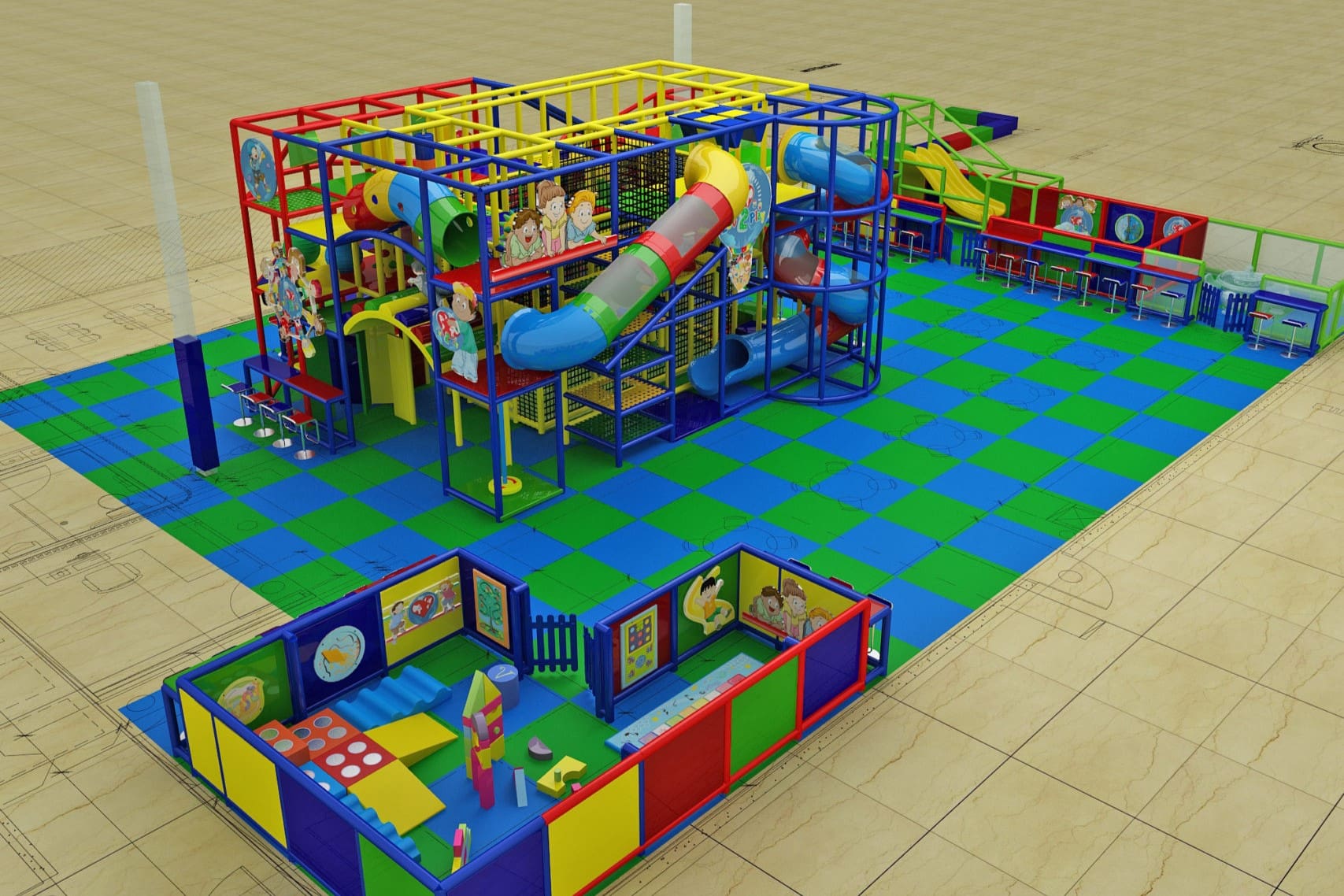
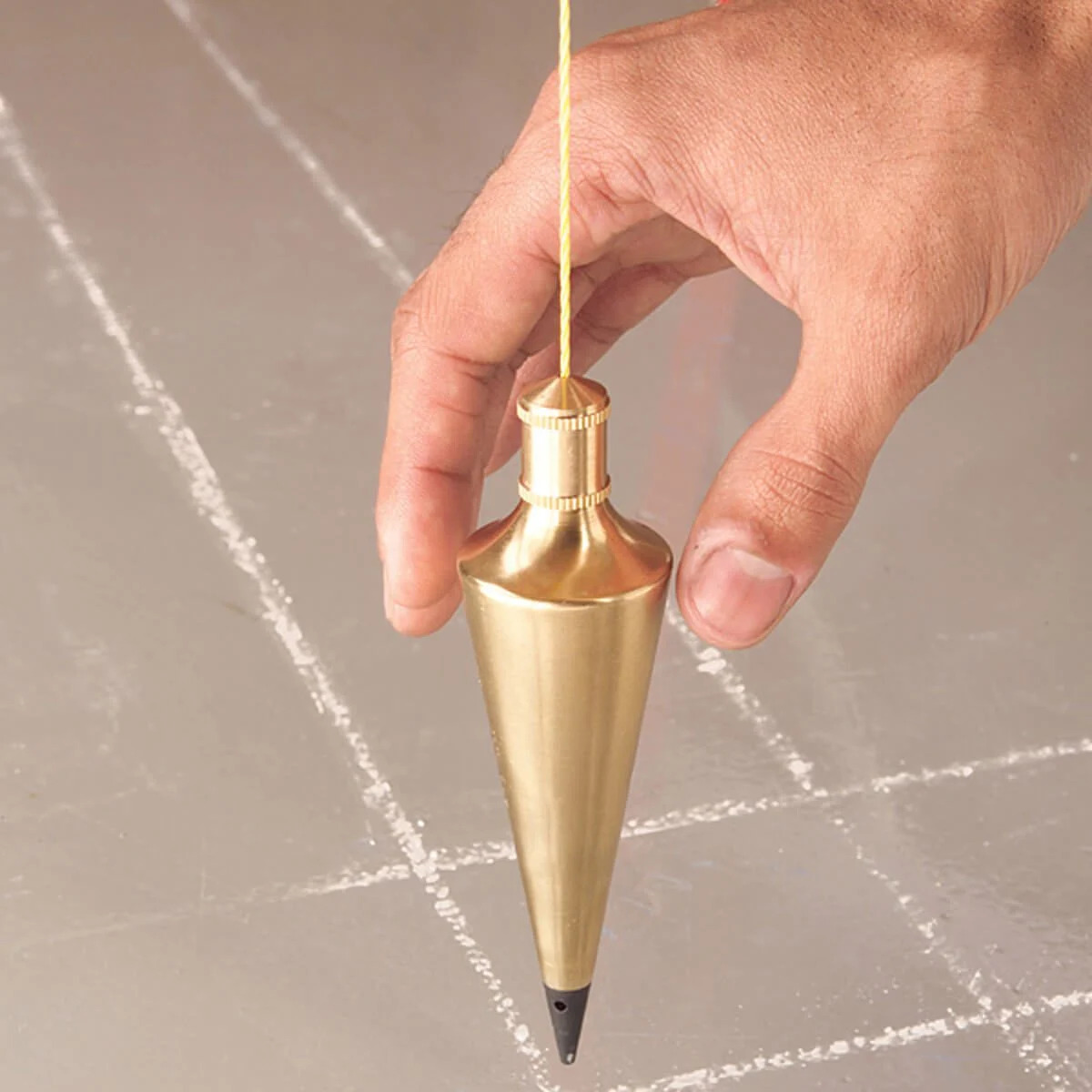
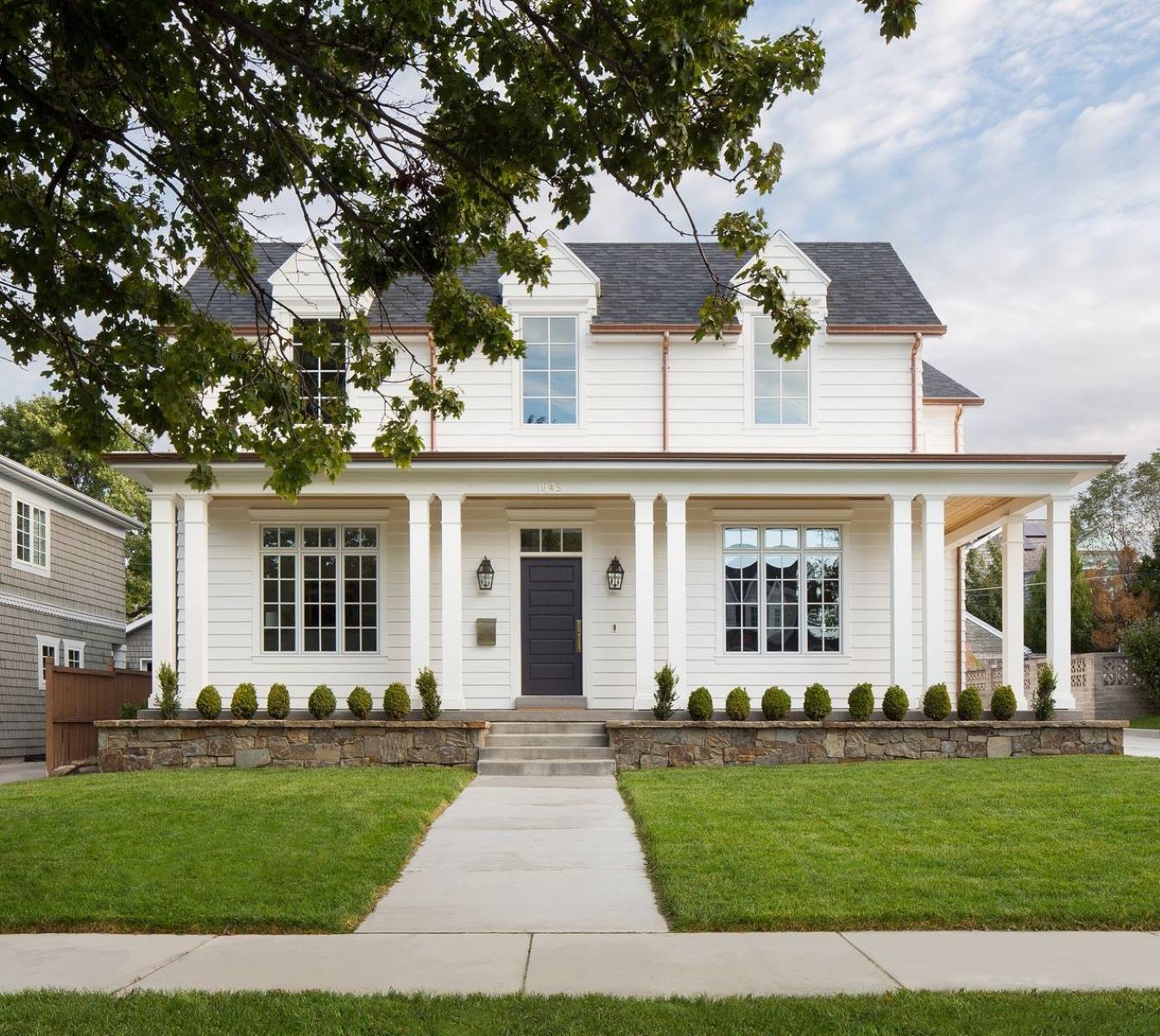
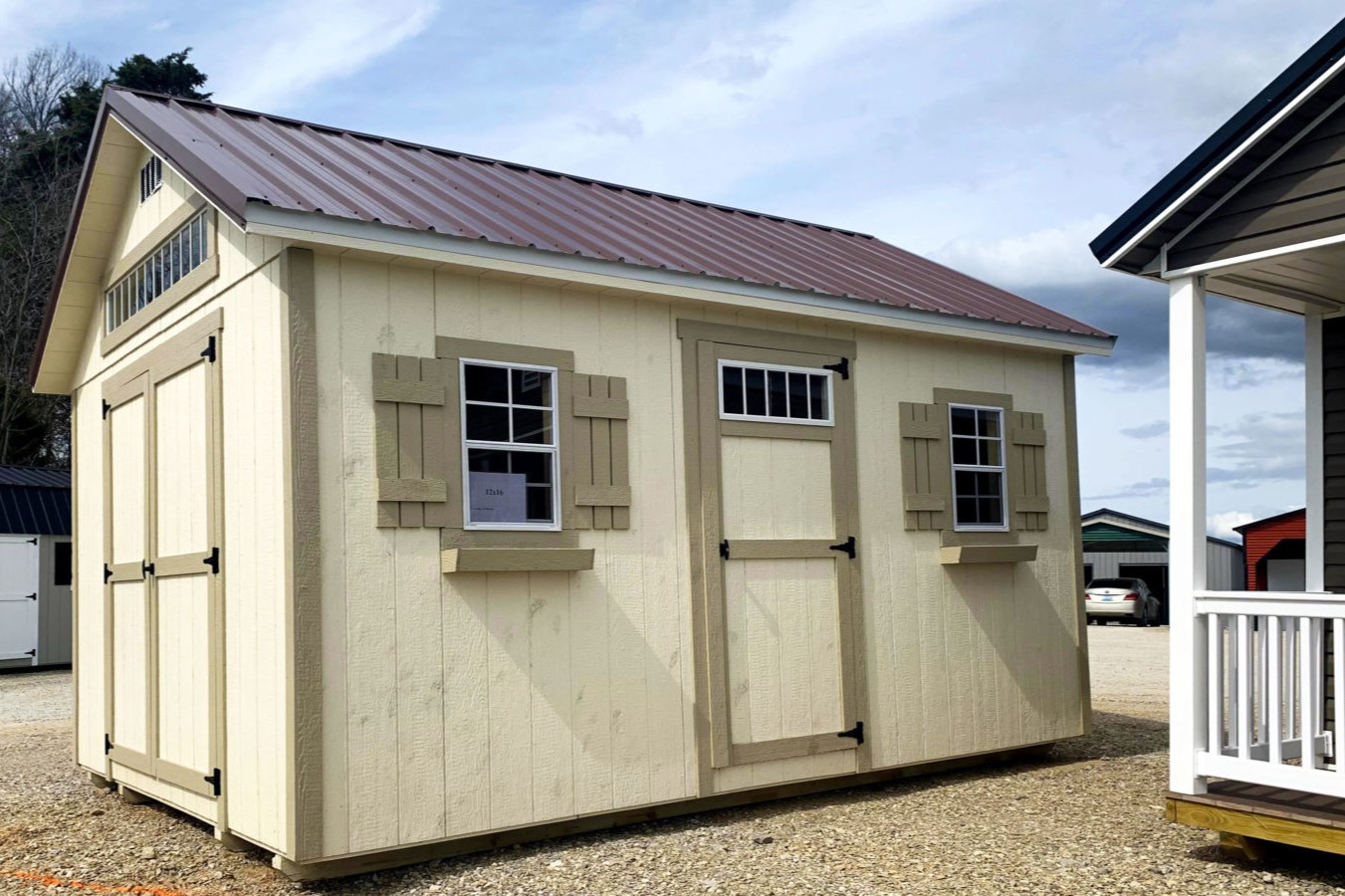
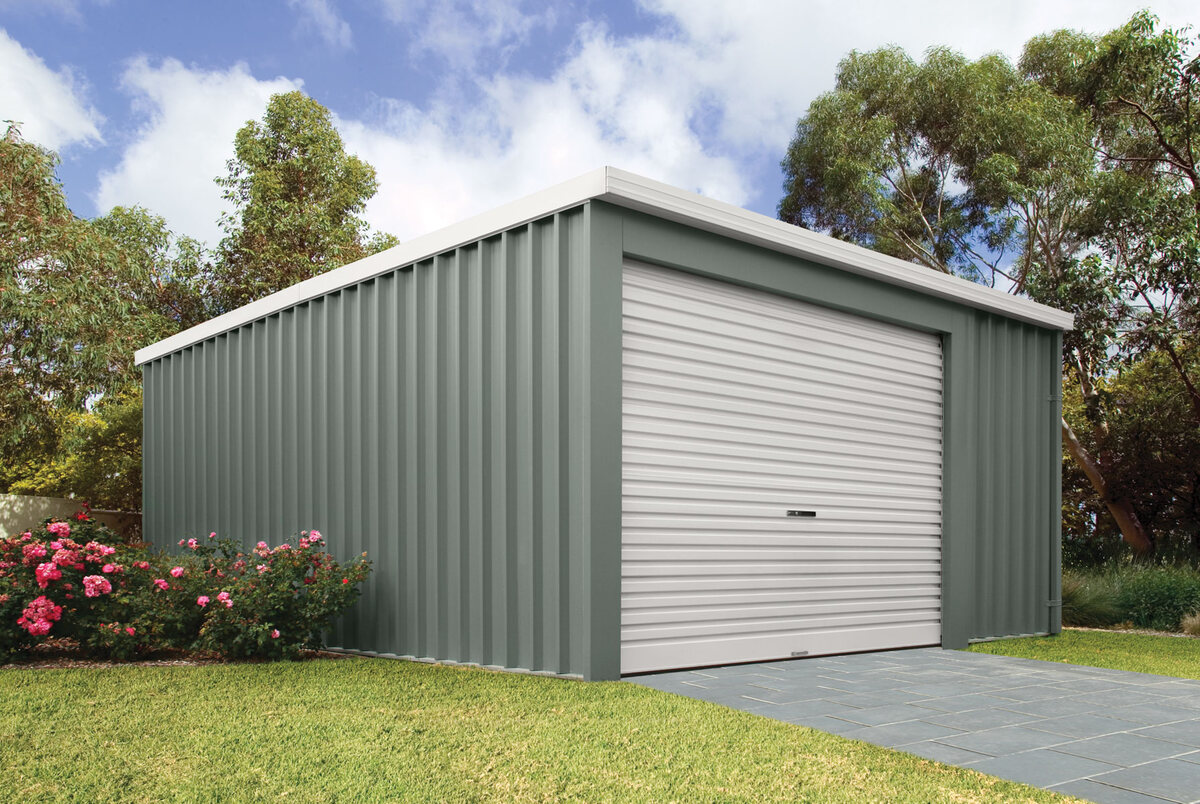
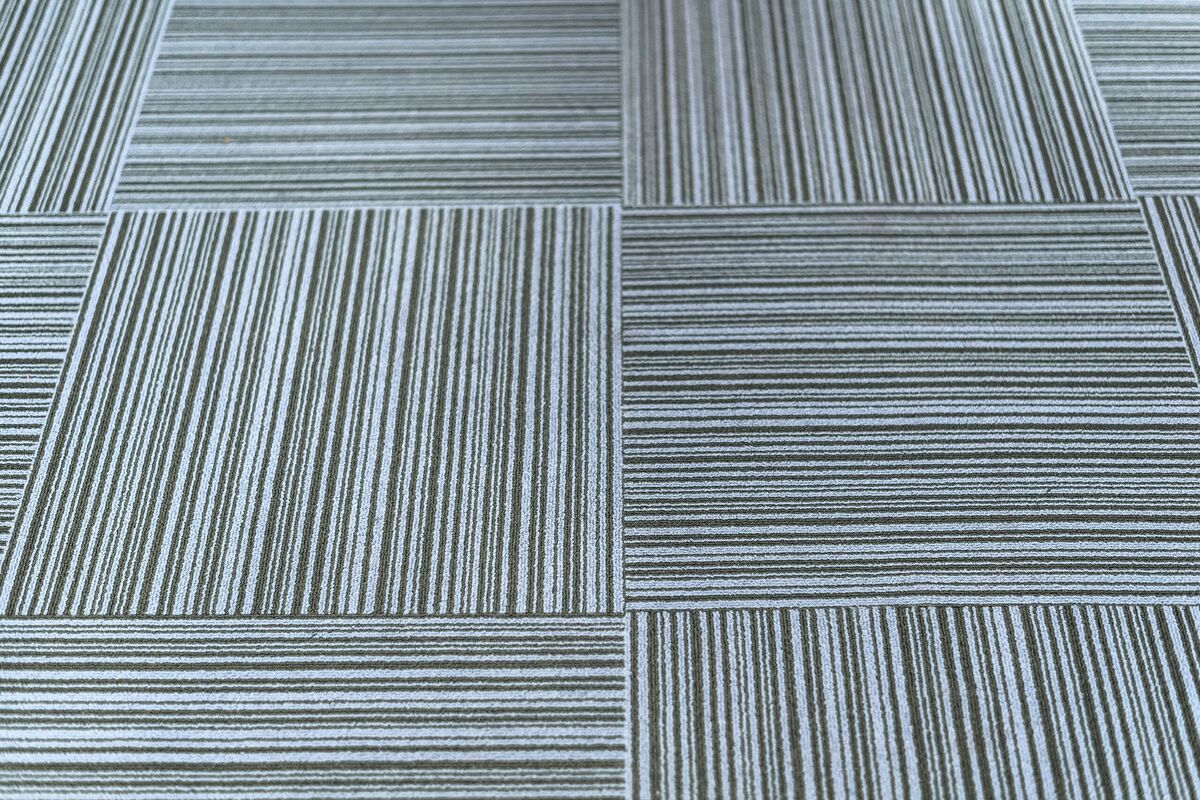
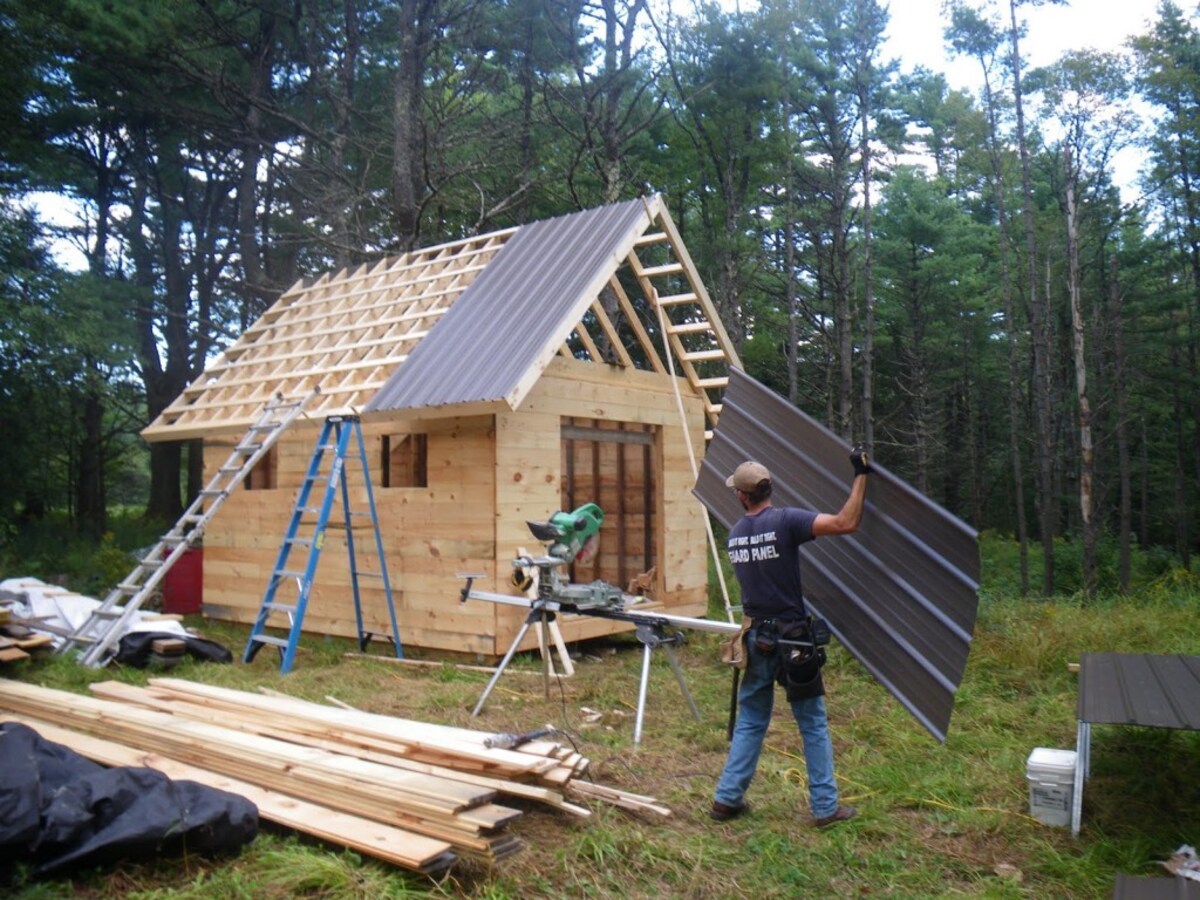
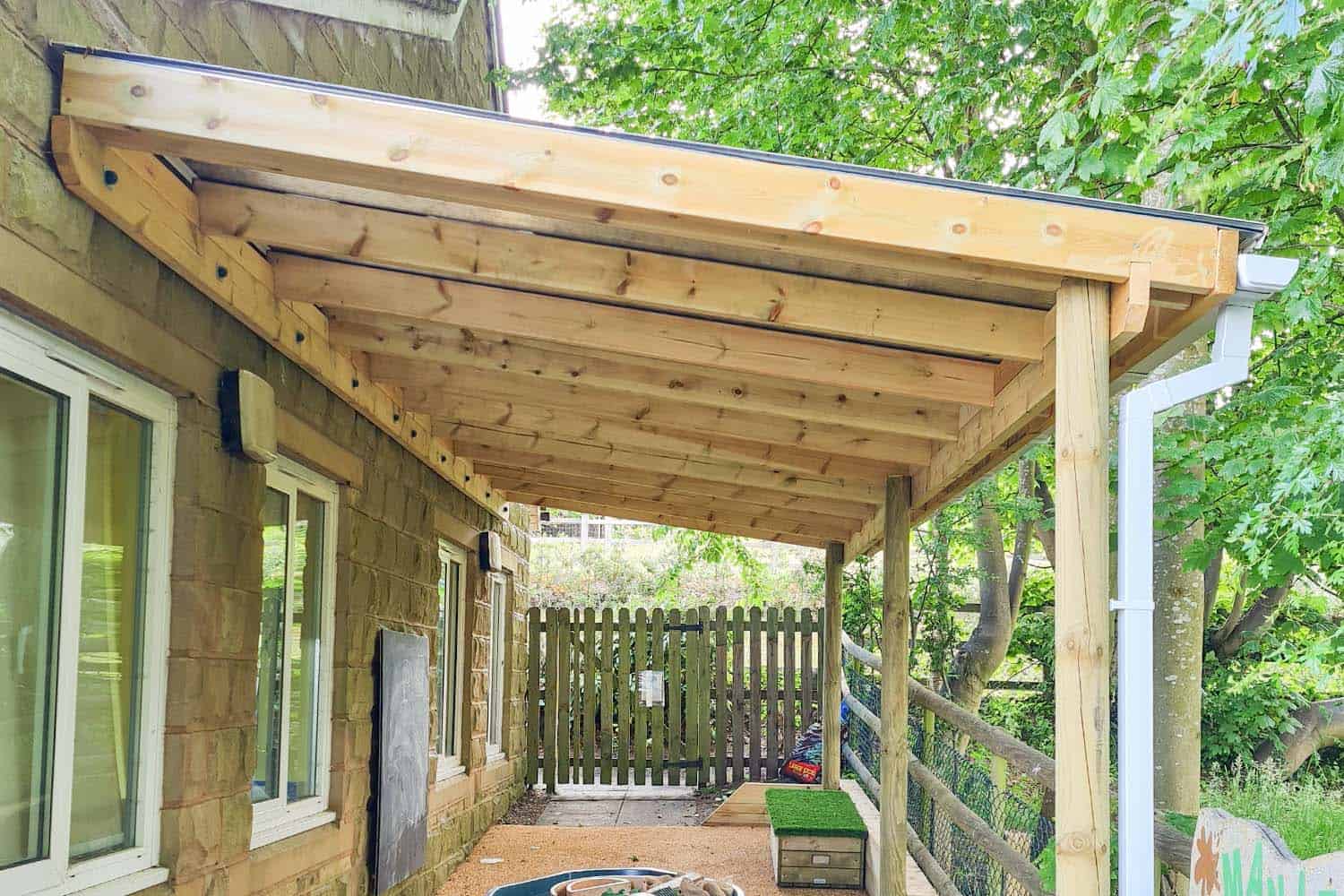
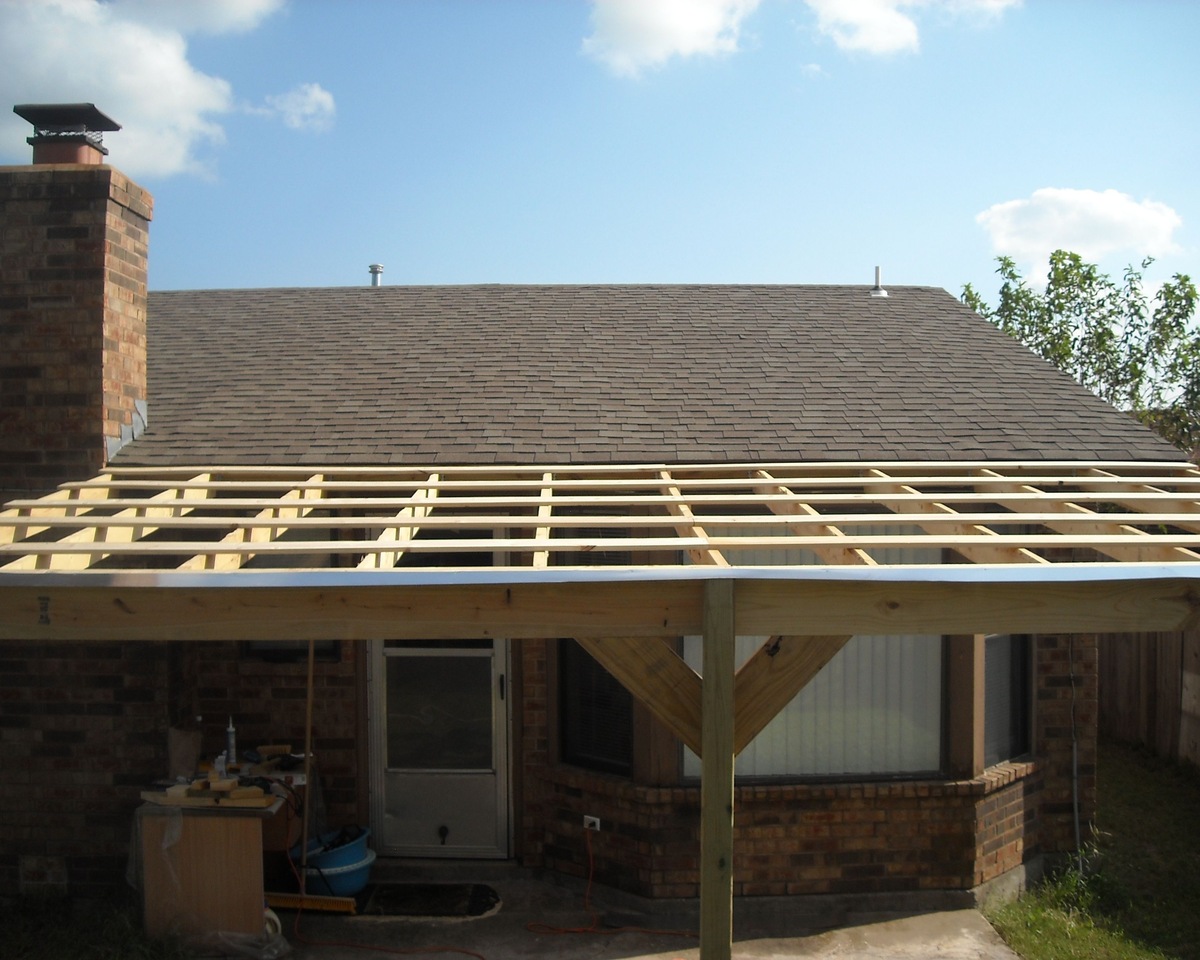
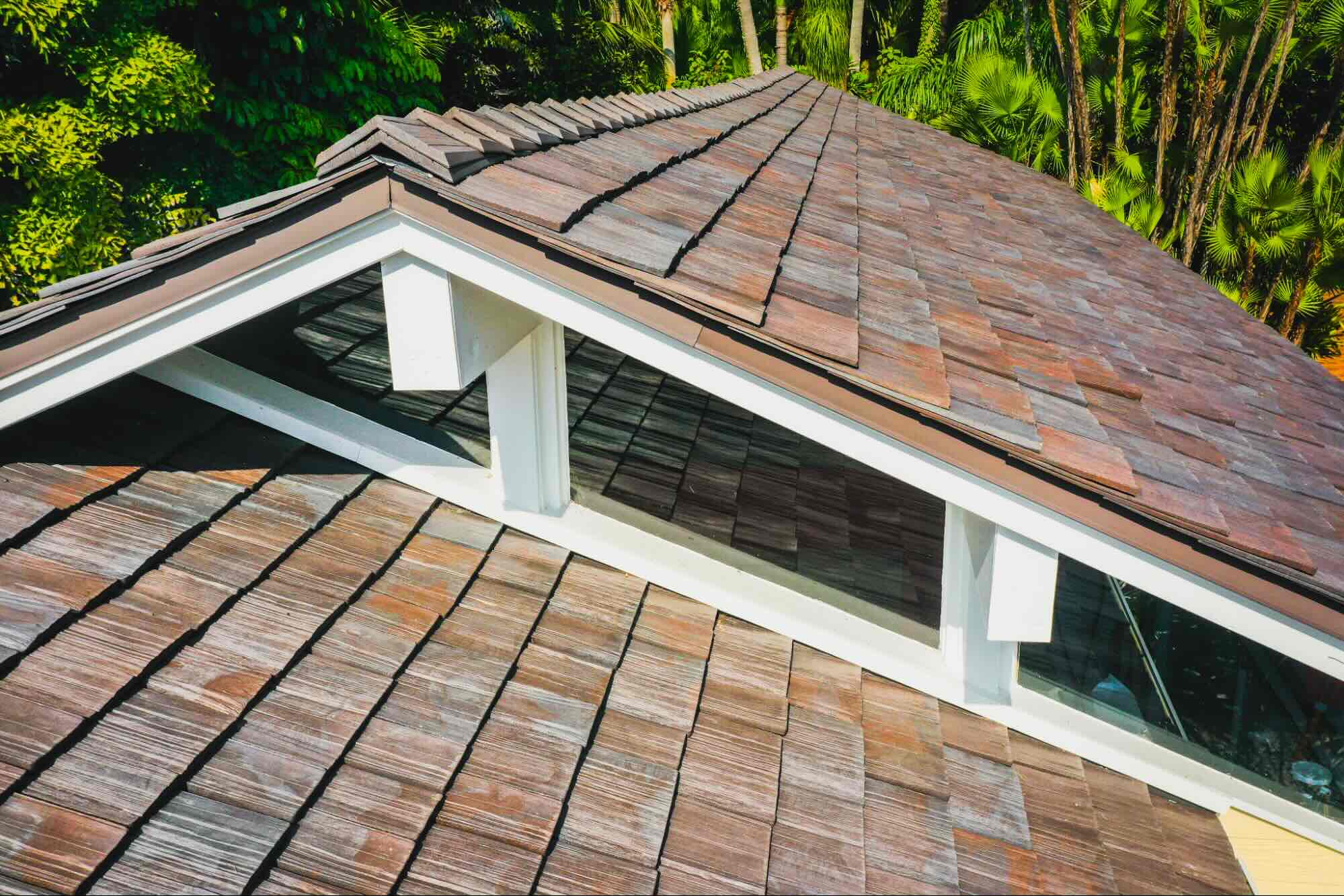



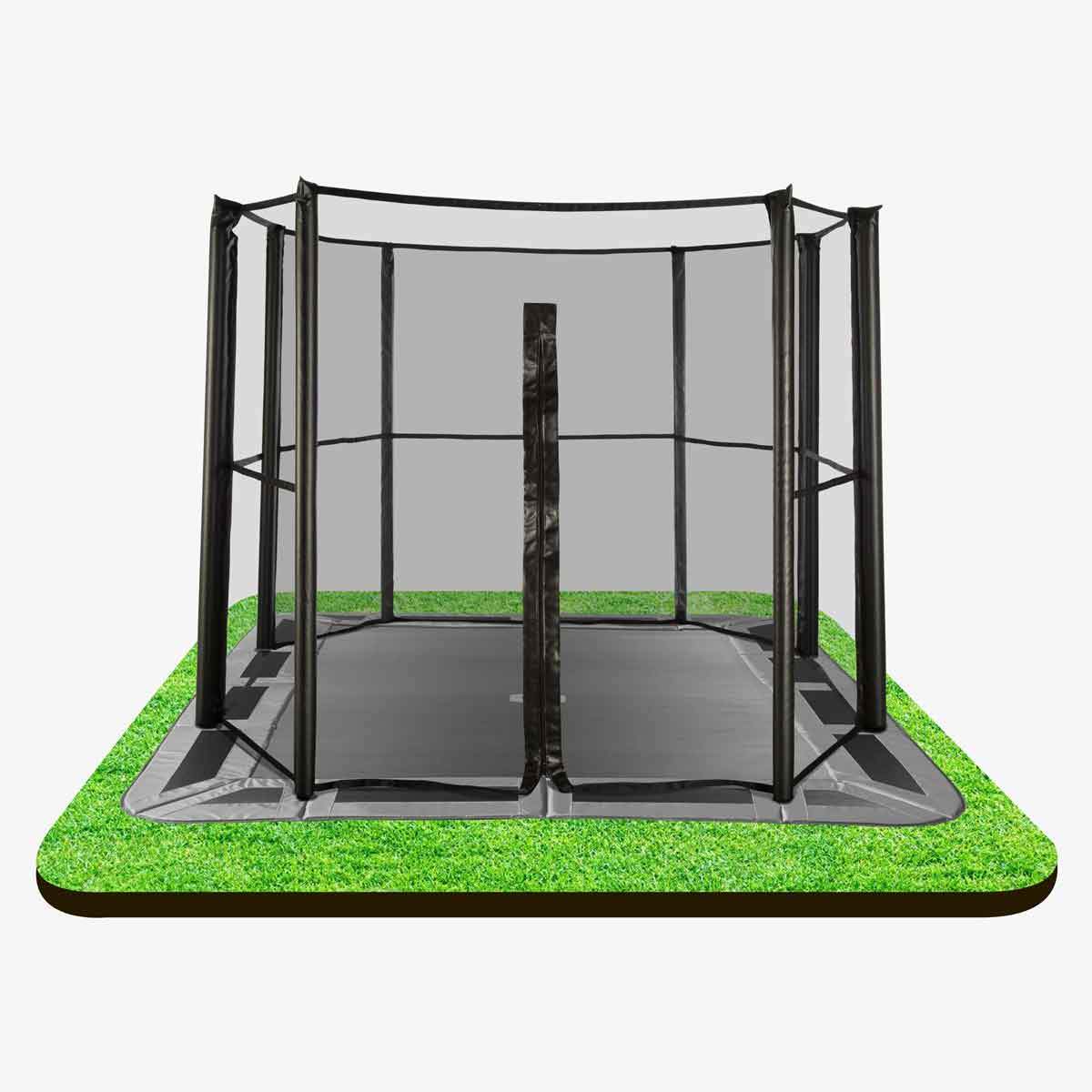

0 thoughts on “How Big Is A Roof Square”